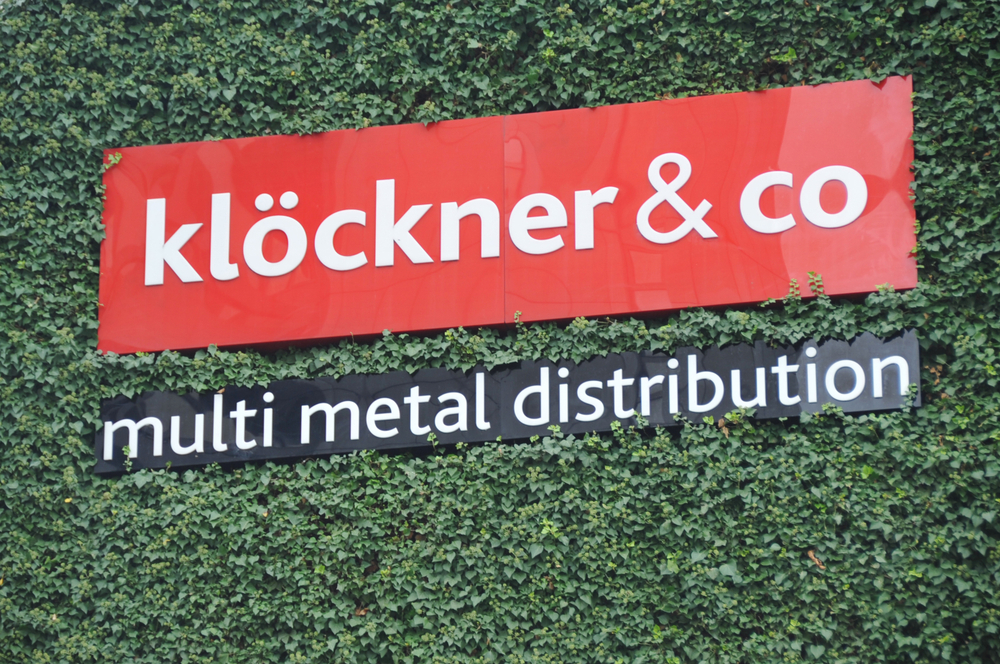An end of the steel shortage that is gripping Europe and the US is impossible to predict, while upward price movement continues in both regions, Gisbert Rühl, CEO of German steel distributor Klöckner told S&P Global Platts April 29.
“Price rises are not stopping, though the acceleration speed is toning down. Supply chains are empty, this is boosting prices,” outgoing CEO Rühl said during the company’s Q1 results call. Rühl will be replaced by ex-Thyssenkrupp CFO and ex-Thyssenkrupp Steel CEO Guido Kerkhoff in May.
Platts’ daily assessment for hot-rolled coil EXW Ruhr, stood at Eur990/mt April 28, the highest level recorded. The previous all-time high at Eur800/mt from June 2008 had been broken earlier in March.
“At the moment the demand excess will continue. The feeling is that mills are cautiously trying to balance supply,” said Rühl, adding that not all production capacity in US and Europe that has been taken out when the pandemic hit has been taken back online, confirming that lead times are now into Q4.
Klöckner expects steel demand to increase 5-10% in the US and Europe, though the US is likely to be at the top end of the range while European demand is likely to lag behind the US. Kerkhoff said that impending infrastructure projects will boost demand, in particular residential housing. Demand from the manufacturing and engineering markets, predominantly export-driven in Europe, is set to increase as well in both regions. Automotive demand is on a path of recovery, said Kerkhoff, though it is still behind pre-pandemic levels.
In its Q1 report, Klöckner said it recorded its strongest financial quarter in 12 years. Due to the upward price movement the company saw an increase in sales by 5.3% year on year to Eur1.5 billion in Q1, despite a drop in shipments of 5.7% on year to 1.29 million mt. Operating income (EBITDA) stood at Eur130 million, up from Eur21 million in Q1 last year.
For the rest of the year, Klöckner expects a “considerable” increase in sales and “slight” increase in shipments.
— Laura Varriale






